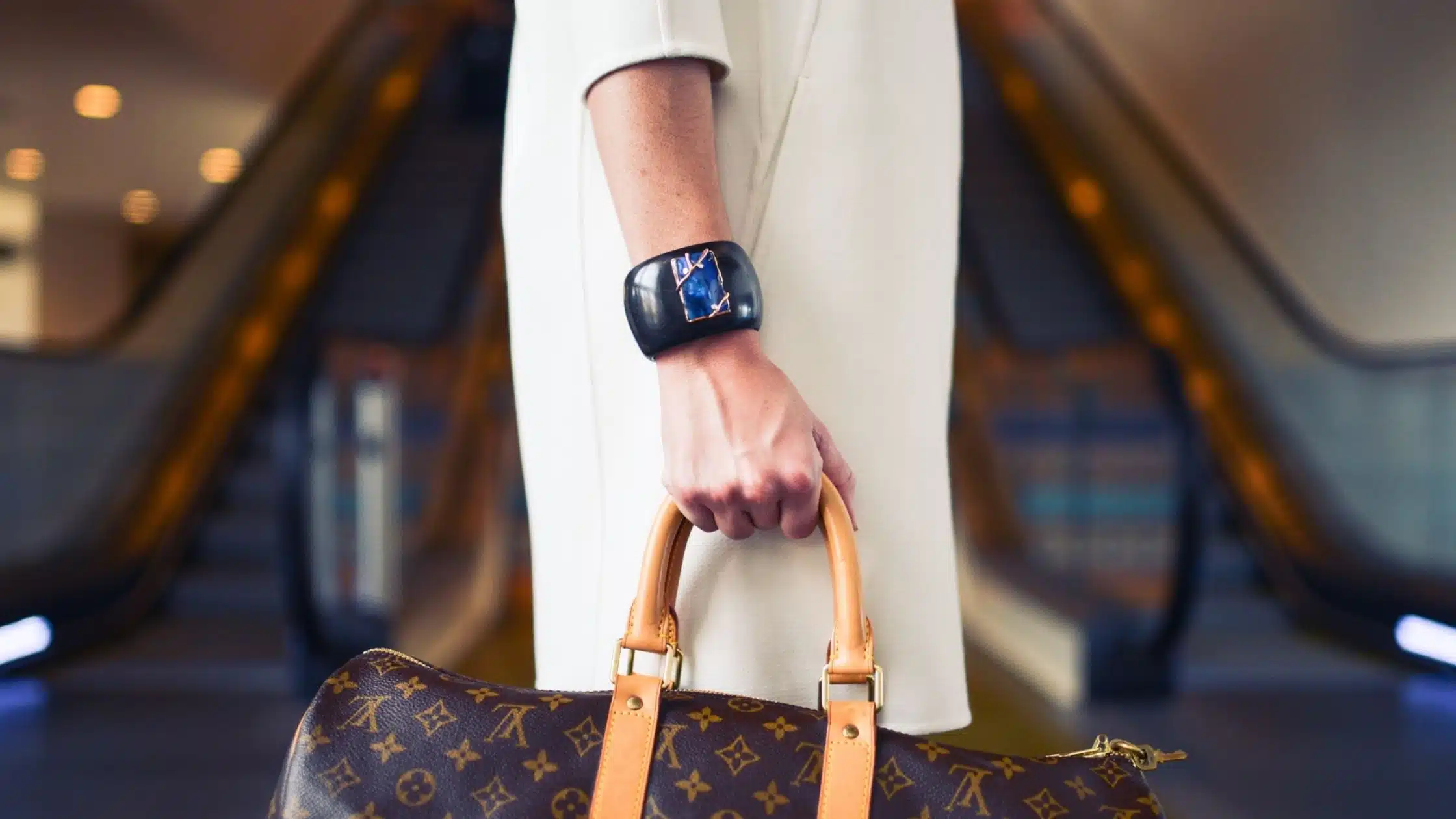“I’ll pay anything for premium quality!” You may have heard that phrase before, uttered in the heat of an argument over a high-end purchase. But premium pricing isn’t just reserved for expensive items; it can be applied to any product or service if you know how to do it right. With premium pricing, businesses create products and services with higher perceived value by associating them with premium brands like Apple, Louis Vuitton, and Gucci.
We’ll discuss how to use premium or luxury pricing as part of branding and marketing strategies, and we’ll explore how brands use high prices on products to create an image of high value. In other words, premium pricing is all about perception rather than actual production costs or true product values. This article focuses primarily on fashion, technology, and luxury industries but these principles are applicable across any business when applied correctly with knowledge of consumer psychology (i.e., what drives purchase decisions).
The premium pricing strategy can be a powerful tool in the business world when used properly. It allows you to set your brand apart from competitors and instill value into it for customers who are willing to pay more for top-of-the line products or services that meet their specific needs.
This tactic works best with high-value brands in areas like fashion or technology because they already have a premium feel about them (think Prada vs Walmart). You may also see this technique employed by luxury brands as well, for example Audi – luxury prices come standard on all models of cars and SUVs.

How to implement premium pricing
Now let’s look at what premium pricing means and how you might implement it in your marketing strategy:
Premium Pricing as an Anchor
This technique starts with high prices to place an initial anchor on things like cost or value perception. The idea here is that as consumers get used to seeing higher prices they’ll feel more comfortable buying from you because they know there will be no surprises down the line. It also works well if you’re trying to differentiate yourself from competitors who are all using lower priced methods so people don’t think yours are overpriced.
Premium Pricing as a Branding Strategy
This is when premium pricing becomes more of an image strategy for companies that have already established themselves. The idea here is to convey a high-quality, luxurious brand by making the price reflect it.
Premium Pricing using Limited Edition
Here premium pricing is often used when items are only available in limited quantities or for a short period of time to create the sense that they’re special and worth more than other products on the market. This pricing model can apply when there is high demand but limited availability e.g. on a busy Saturday night the high demand for ride-sharing services vs. the limited supply of Uber drivers allows Uber to charge a surcharge for their service.
Premium Pricing with Exclusivity
Creating products that are only available to customers who pay the premium can be an effective strategy for creating a sense of prestige or exclusives, giving them extra value in consumers’ eyes. This can also apply when you have finite resources where even if there was a lot of demand, you can’t produce more. Therefore you could utilise premium pricing as your offering would be exclusive.

Examples of premium pricing
In the fashion industry
Luxury clothing stores like Gucci and Louis Vuitton are masters of premium pricing. They know their customers will pay $100+ dollars for certain items if they’re labeled with Louis Vuitton or Gucci so they make sure all of them cost over $1000! It’s not about what people can afford anymore, just how many zeros on the end there are after the dollar sign.
Hermes Birkin bags are another classic example of premium pricing. They can range anywhere from about $4500-$200,000 and beyond! The more expensive they get, the more exclusive and luxurious people think they are and they become a status symbol for many.
In the technology industry
We can see premium pricing in action when we consider the price of an iPad. The cheapest model is $329, while a top-of-the line version costs as much as $949, more than double!
The iPad Mini starts at just over twice the cost of its older sibling ($399). Why? To attract high-end customers who want smaller screens and are willing to pay for it. Considering that Apple’s premium products have all ranked number one on BrandZ Top 100 Most Valuable Global Brands that strategy has worked well for them so far!
Apple also does premium pricing by offering different tiers or levels with their operating system upgrades: OSX Mavericks goes from free up to about $20, while OSX Yosemite is priced at $30.
In the luxury yacht industry
When you’re in the luxury yacht industry premium pricing is a given. The average price for a new boat ranges from $200k all the way up to about $50 million depending on size and options…and then there are those crazy custom builds costing over $100 million with gold plating and diamond-encrusted décor – talk about premium prices!
In each of these examples we can see that premium pricing has been used successfully by companies in different industries and at various levels of development. The key? They know their target customers well enough to understand their needs and wants which they then create premium products or services for.
The role of branding
Premium pricing has been proven successful multiple times over in many different sectors of business. All that matters is how it affects brand perception. The premium pricing model focuses on the perceived value of a product rather than the actual value. It is a direct function of brand awareness and brand perception.
Branding is the lifeblood of any business, and a key factor in your success. It determines how well you’re known among consumers, which can be crucial to whether or not they purchase from you.
Your branding must convey the level of quality associated with your products or services so customers can feel confident about their purchase. High quality brands command premium prices, whereas lower quality brands may be priced more reasonably.
- Understand the brand you want to represent
- Confirm how premium your products or services are in comparison with your competitors and then decide on a price range
- Create an identity that reflects who you are as a company; this will help with pricing decisions because people will identify with your brand more easily
- Determine what type of customers would buy from you at different price points so they can feel confident about their purchase
Once you’ve completed the above, premium pricing is essentially all upside! You’ll have devoted followers and loyal customers willing to pay top dollar for great product/service offerings–but don’t expect it to happen overnight. It takes time and effort.
The bottom line is that price matters – but how much does it matter depends on many factors including context, location, demographics etc., so consider these things before setting a price point for something new.
If you need help with determining whether premium-pricing is for you, download our pricing calculator today! Or if you prefer talking to a human (or parrot), get in touch with us today.

